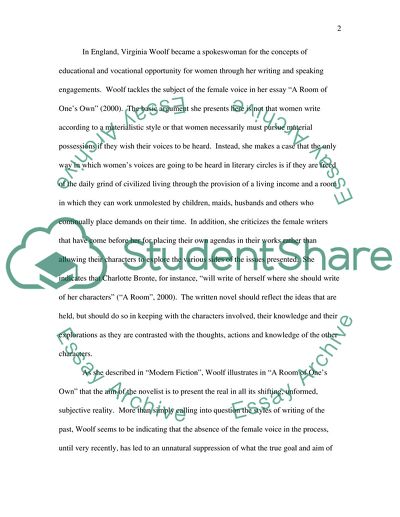Cite this document
(Global Feminism in the Early 20th Century Literature review Example | Topics and Well Written Essays - 1750 words, n.d.)
Global Feminism in the Early 20th Century Literature review Example | Topics and Well Written Essays - 1750 words. https://studentshare.org/gender-sexual-studies/1543279-global-feminism-in-the-early-20th-century
Global Feminism in the Early 20th Century Literature review Example | Topics and Well Written Essays - 1750 words. https://studentshare.org/gender-sexual-studies/1543279-global-feminism-in-the-early-20th-century
(Global Feminism in the Early 20th Century Literature Review Example | Topics and Well Written Essays - 1750 Words)
Global Feminism in the Early 20th Century Literature Review Example | Topics and Well Written Essays - 1750 Words. https://studentshare.org/gender-sexual-studies/1543279-global-feminism-in-the-early-20th-century.
Global Feminism in the Early 20th Century Literature Review Example | Topics and Well Written Essays - 1750 Words. https://studentshare.org/gender-sexual-studies/1543279-global-feminism-in-the-early-20th-century.
“Global Feminism in the Early 20th Century Literature Review Example | Topics and Well Written Essays - 1750 Words”. https://studentshare.org/gender-sexual-studies/1543279-global-feminism-in-the-early-20th-century.


